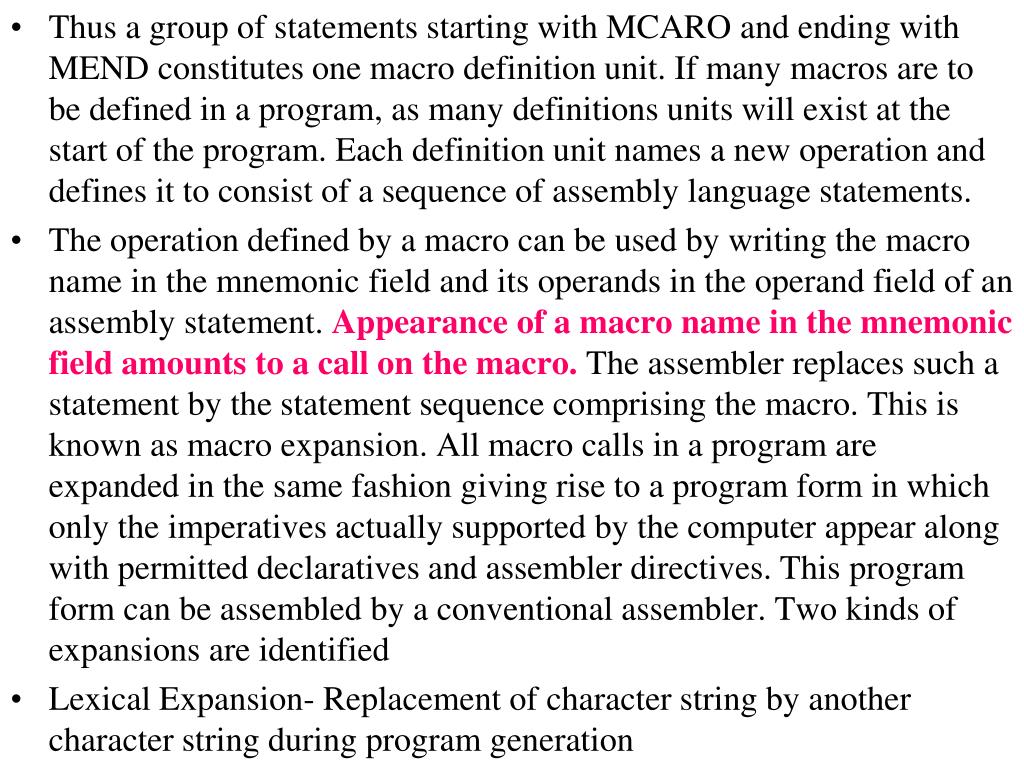
The modern, post-war period saw an increase of another type, however: the rise of the modern multinational (or transnational) corporation. Ultimately, this resulted in an increase in trade value of over 4,000 per cent between 19, with the greater share of that increase occurring after 1950. 16 This sudden uptick in the process of globalisation was fueled by the surge of business and technological innovation, that allowed cross border trading to flourish at a pace unseen previously. The period after World War II saw rapid expansion and integration of global trade, as nations went about the task of rebuilding in the wake of the war. N a 2017 comparison of the 100 largest economic entities in the world, only 31 spots were claimed by governments.

15 This era – as all those before it – has had, and continues to have, enormous influence, not only on the large conglomerates and corporations who do business across borders, but on the small businesses who interact with them, and even many of those who don’t. 14 This began a trend which saw companies able to use computing to increase their access to information, and ultimately unlock economic potential. These are the roots of the final, and the current wave of globalisation, in which computing also figures heavily: while computers have existed in some form since at least the 1940s, the creation of the first microprocessor, by Intel in 1971, marked the great leap forward towards modern computing. It was eventually succeeded by the creation of the World Trade Organisation.
Staff of disintegration macro free#
12 This agreement was specifically created to facilitate trade through the elimination of tariffs that were considered harmful to free trade. 11Īt the same time, the creation of broad trade agreements such as the General Agreement on Tariffs and Trade (GATT), “the first worldwide multilateral free trade agreement”. 10 Alongside these technological developments came a range of institutional changes that served to integrate trade even further: the founding of the United Nations, in 1945, aimed to bridge the gaps between countries, with economic development a core tenet of the organisation. 9 Near the end of the war, the German army developed V-2 rockets for use against London – after the end of the war, this technology would form the basis of modern communication, as nations began exploring the potential of rockets to send satellites, and eventually men, to the stars. The term ‘globalisation’ itself first appeared sometime in the late 1920s a little over a decade and a half later, during and immediately after World War II, globalisation entered a new phase. A dearth of major wars (after the end of the Napoleonic wars in 1815) 6 aided rapid growth during this period, 7 which was characterised by, among other things, vast waves of immigrants expanding across the globe – more than 20 million people left Europe for other shores between 18. 5 This is generally considered the first wave of globalisation, in which business and trade crossed seas, and it lasted for more than a century.īy the nineteenth century, the movement of globalisation entered a new phase the advent of technologies such as the steam engine facilitated international trade further, quickening the pace and scope at which business could be conducted. 4 Others pin the date more reasonably in the period of global exploration kicked off by Christopher Columbus’ discovery of America in 1592 – this marked the birth of the first global trade networks, pioneered by European powers. 3 The beginnings of globalisation are still debated, with some sources placing it as long ago as the bronze age, fully 4,000 years ago. Globalisation describes the ways in which “national and regional economies, societies, and cultures have become integrated through the global network of trade, communication, immigration and transportation”. The term ‘globalisation’ itself first appeared sometime in the late 1920s…

2 To understand these effects, and maybe glean an insight into the future of globalisation and its current impact on business, it is useful to cast our eye backward, to learn how the process started. It is, however, undeniable that globalisation has (and continues to have) a profound effect on the world, in the way companies and even governments do business: according to World Bank data, trade accounted for more than 70 per cent of global GDP in 2017, from less than 25 per cent in 1960.

Others have seen it as a purely negative process, enriching the few while the many suffer. Over the long history of the idea, it’s been called a necessary, even inevitable, process that will cure all the world’s ills, if only we embrace it. Globalisation is a concept that, in the lead-up and after the turn of the millennium, has become a fierce and recurring topic of debate. The Historical Impact of Globalisation on Economies and Business


 0 kommentar(er)
0 kommentar(er)
